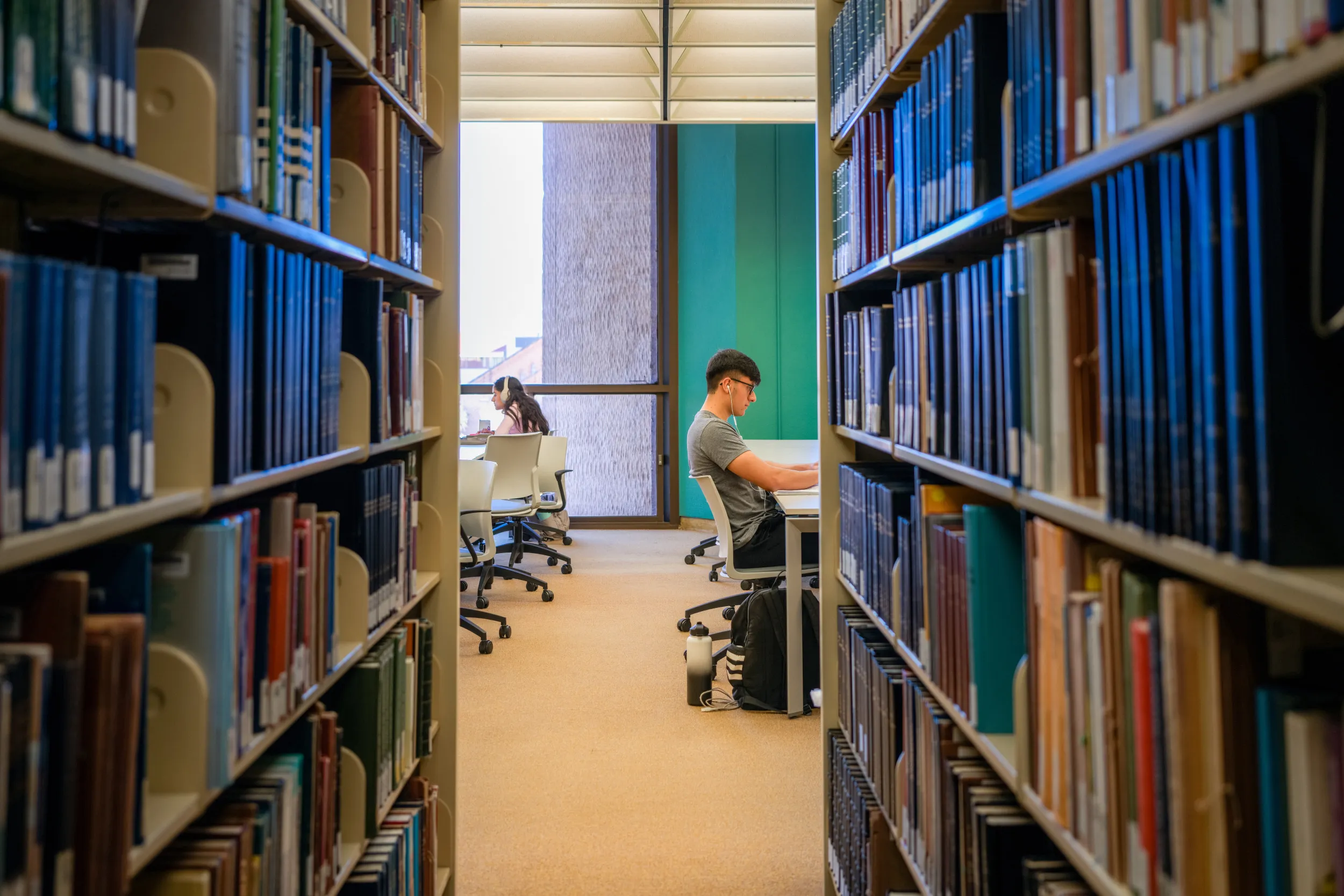Student Loans: The Shocking Truth Behind America’s Debt Crisis
Student loan debt in America has reached a staggering level, posing significant challenges for millions of borrowers. As of September 2023, over 43 million U.S. borrowers collectively owe more than $1.6 trillion in federal student loans. This crisis has far-reaching implications, not only for individuals but also for the economy as a whole.
The average student loan debt per borrower has increased dramatically over the years. Many graduates now face six-figure debts, raising questions about the value of their education and its return on investment. The rising costs of tuition and fees at colleges and universities have outpaced inflation, making higher education increasingly unaffordable for many families.
Who is Affected?
A significant portion of student debt is held by low-income borrowers, exacerbating economic inequality. Approximately 16.6% of all American adults have outstanding undergraduate student debt, highlighting the widespread nature of this crisis. Furthermore, racial disparities persist, with Black and African American college graduates owing, on average, $25,000 more in student loan debt than their White counterparts. This disparity illustrates systemic issues in educational financing, as nearly half (46%) of Black student borrowers report delaying home purchases due to their student loan debt, impacting their long-term financial stability.
The Burden of Repayment
Many borrowers struggle with repayment, leading to high rates of delinquency and default. The average borrower spends about 20 years repaying their loans, which can delay major life milestones such as homeownership and starting a family. Private student loans, which often carry higher interest rates, add to the financial burden for many borrowers.
The financial benefits of a bachelor’s degree have been declining, with the value of a degree decreasing at an annual rate of 0.98% for men and 0.75% for women. Young college graduates with student loans are more likely to feel that their education was not worth the financial cost, with 35% expressing this sentiment compared to 16% of those without debt.
Legislative Action and Forgiveness Programs
The student loan debt crisis has prompted legislative action, with discussions around forgiveness programs and reforms. The federal pause on loan payments during the COVID-19 pandemic temporarily alleviated some financial pressure, but concerns remain about the resumption of payments. The student loan industry has become a profit center for both Wall Street and the government, raising questions about accountability and reform.
Economic Implications
The student loan crisis has broader economic implications, affecting homeownership rates and consumer spending. The rising cost of attending college has increased at an annual rate of 6.8%, significantly outpacing wage growth and inflation. This trend makes higher education increasingly unaffordable and places a heavy burden on future generations.
The student loan debt crisis is often compared to the housing bubble that led to the 2007-2009 recession, indicating systemic issues in financial lending practices. Many economists argue that the current system is unsustainable and requires immediate reform to prevent further economic damage.
A Call for Reform
Experts and policymakers agree that both the rising cost of college and the existing volume of loans need to be addressed. The combination of soaring tuition costs and the recessions caused by the 2008 financial crisis and the COVID-19 pandemic has particularly affected millennials and subsequent generations.
Some analysts argue that the perception that college is the only path to a well-paying job drives up demand and harms students who could be better served by other forms of education. In recent years, there has been a push for increasing access to career and technical education as an alternative to college.
Conclusion
The shocking truth behind America’s student loan crisis reveals a complex web of economic challenges, systemic inequalities, and the need for immediate reform. With over $1.6 trillion in student debt affecting millions of borrowers, the implications for both individuals and the economy are profound. As discussions around forgiveness programs and reforms continue, it is crucial for policymakers to prioritize solutions that promote equity and accessibility in higher education.
The future of American education and economic stability depends on addressing these pressing issues and ensuring that higher education remains a viable pathway to success for all.






Leave a Comment